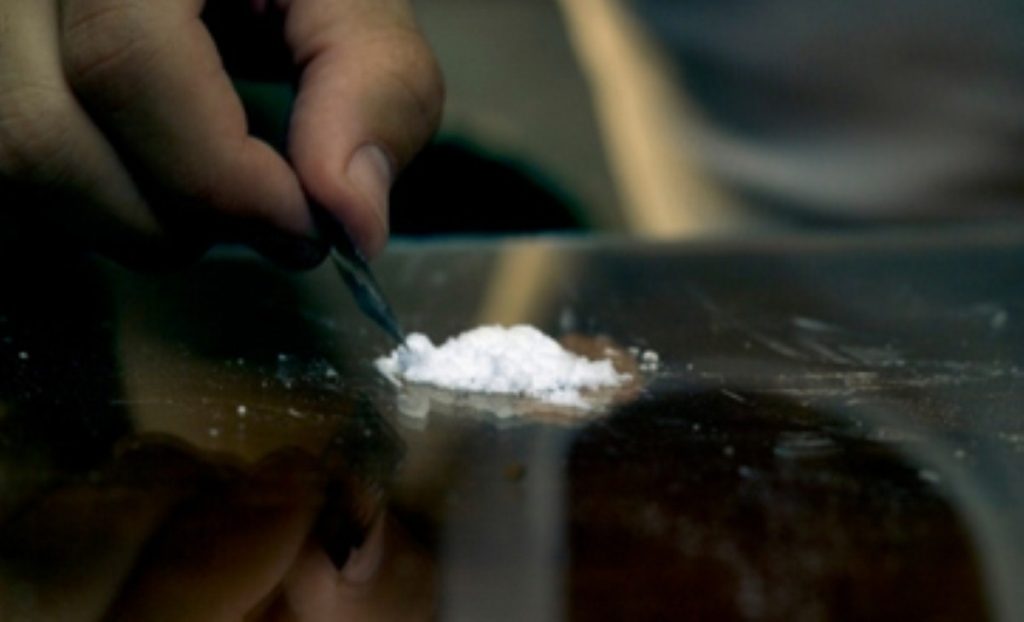Government crackdown on drug cutting agents panders to myths
If you really want to protect drug users from harm, you legalise drugs. 'Illegal drugs' is just another way of saying 'deregulated drugs'. And all sorts of things happen to deregulated drugs.
The government has no intention of legalising drugs, so it has instead used the Queen's Speech to say it's going to crack down on cutting agents. The newly-announced serious crime bill will "establish new powers to seize, detain and destroy chemical substances suspected of being used as cutting agents for illegal drugs".
The proposal is next to useless. Research suggests that the cutting of drugs with other substances is less common and less harmful than people assume. Stories of drugs being cut with household cleaning products, brick dust or ground glass are usually myths. Drug dealers, like other businesspeople, are reliant on repeat customers. They are not interested in killing them or their reputation.
Where cutting does take place it is usually benign. Sugar, for instance, is regularly used to add bulk. In other cases the cutting agent is used to mimic the effects of a drug. Procain, a local anaesthetic, is used to give the impression that the batch of cocaine is better than it really is. Other times, cutting agents are used to aid in consuming the drug. Procain can reduce the pain of injection for heroin user. Caffeine allows heroin to be vaporised at a lower temperature when it is smoked.


The police regularly issue warnings, through a compliant and illiterate media, about 'dirty', 'toxic', 'bad' and 'rogue' cuts of drugs, usually heroin. These are also usually myths. 'Bad' batches of heroin are more likely to be particularly pure examples of the drug, leading to accidental overdoses.
This is not to say that there isn't a problem. Poisoning from crack or cocaine does occur. There have been cases of lead poisoning through the intravenous use of methamphetamine. In another case, the adulteration with talcum powder led to lung tissue infection.
But most adulteration does not take place in the UK. It takes place at the point of manufacture. A comparison of heroin purity levels in batches seized by the UK Border Agency and the police in 2007/08 showed it was 54% pure on import, 51% at street. In 2008/09 it had risen to 50% at import, 39% at street, but the point remains: where cutting is taking place, it has usually already taken place by the time the drug reaches the UK.
Where there are a disproportionate number of drug users becoming ill with atypical drug infections, the solution is a robust and rapid system of information dissemination. This should not just focus on the mainstream media but also reach into vulnerable communities directly via treatment agencies and peer networks. The UK is actually quite accomplished at this. Much of its adulteration response arrangements come from the Health Protection Agency, an independent body set up in 2003 which has illicit drug adulteration and associated health impacts in its remit. It recently took a lead role responding to the presence of anthrax among heroin users.
This legislation should not be necessary. If we had a regulated market we could protect drug users from pure strains of narcotics and from impurities. This type of pointless, expensive tinkering is a bandage on a cancer patient. We need a cure, not a treatment. We have that cure. It is called regulation. We just need a government with bravery enough to do it.
As is often the case, Danny Kushlick from the Transform Drug Policy Foundation says it best:
"By prohibiting drugs successive governments have effectively abandoned any control of the illicit market. The attempt to reduce the availability of cutting agents through yet another prohibition is an indication of the stupidity of the original blanket ban. Were these drugs legally regulated by government in the first instance, there would be no need for this populist legislative grandstanding."

